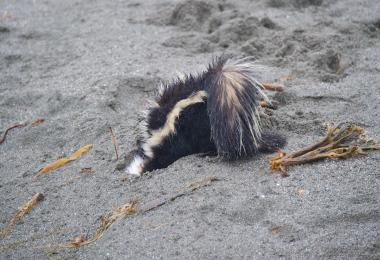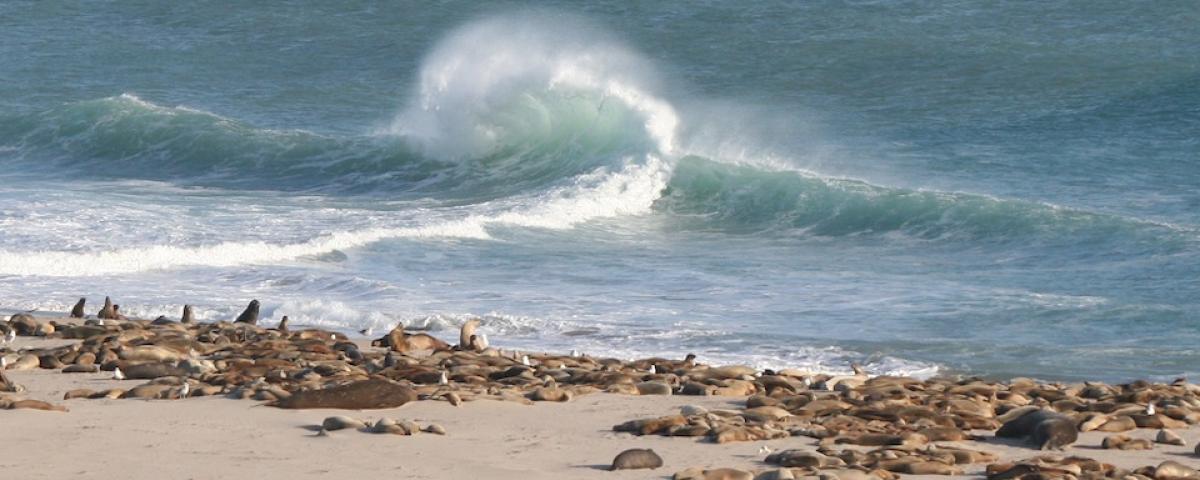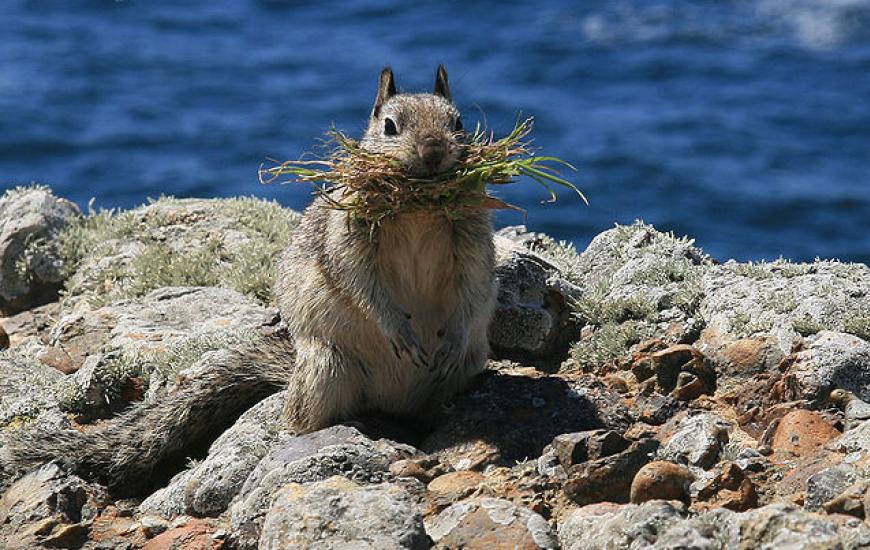Beaches are an important habitat for Southern California’s marine mammals. Seals and sea lions use beaches to haul out for a variety of reasons: resting, molting, breeding, giving birth or just to warm themselves in the sun.

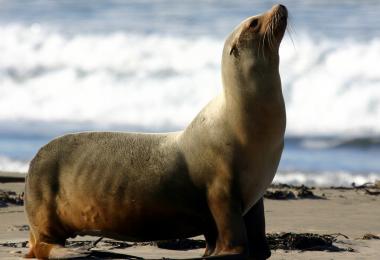
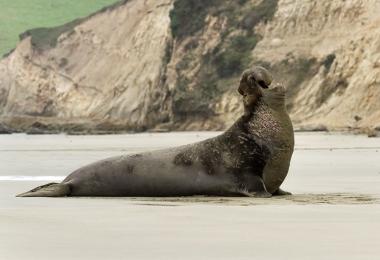

The Channel Islands
The Channel Islands beaches are marine mammal hot spots. Rookeries, where seals and sea lions breed and give birth, can be found on the secluded beaches of all the Channel Islands, except Catalina Island, which has by far the largest human population and most urban development. Some islands have impressively large marine mammal colonies. For example, on San Miguel Island 70,000 California sea lions and 50,000 northern elephant seals breed each year, in addition to northern fur seals, pacific harbor seals and, on rare occasion, Guadalupe fur seals and stellar sea lions.
Where Else Do Marine Mammals Live?
Most marine mammal activity occurs on the Channel Islands beaches but, if you know where to look, pinnipeds like seals and sea lions can be found on the Southern California mainland beaches.
Pacific harbor seals or California sea lions may be spotted on mainland beaches such as in La Jolla or King Harbor in Redondo Beach. Carpinteria has a Harbor Seal Reserve where seals pup in the spring.
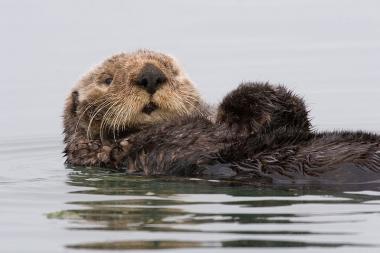
Although infrequently seen in Southern California today, Southern sea otters historically inhabited this region. These mammals spend most of their time in the water, often foraging and frolicking in kelp forests. They occasionally use sandy beaches to rest and warm themselves. More information is available from U.S. Fish and Wildlife Service.
Terrestrial Mammals Also Use the Beach!
Terrestrial animals, while not typically considered part of the beach ecosystem, may forage and use the upper beach as temporary habitat. For example, skunks, raccoons and feral pigs feed on beach hoppers; coyotes, foxes and bobcats search the drift line for dead fish; and rodents may feed on plants or other debris.
